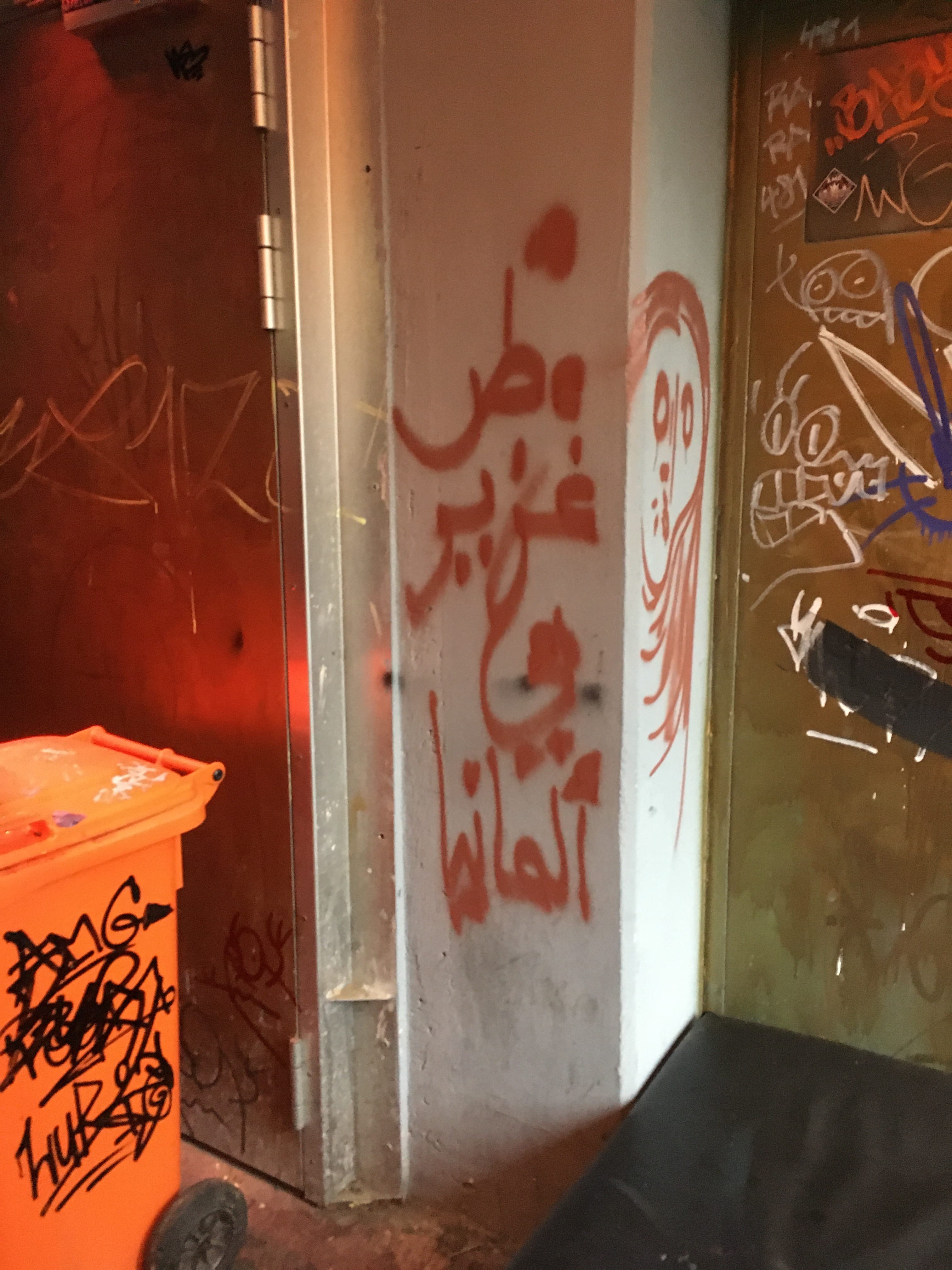Other Ways of Thinking Cities

Recent years have seen an immense intensification of social and ecological crises. Given the severity of the situation we are in, there is an urgency in the way those changes are being discussed. What was referred to until recently as climate change is now being called an emergency. We are on red alert. But: political (re)action seems slow – if not non-existent. Particularly the most recent United Nations Framework Convention on Climate Change or COP 25 in Madrid was harshly criticized by environmentalists and others who had campaigned for decisive and committed climate protection from and for all as a tired compromise. The German-speaking media have widely called the event ‘Nullrunde’ – a sobering, almost disillusioning, situation that has resulted in zero results, zero progress, zero-commitment – least of all from the nations of the Global North.
When it comes to the built environment, to architecture or the production of space more broadly, responses to the consequences of our overheating planet are predominantly of a technological and technocratic nature. And so we find suggestions for solar panels on roofs, better insulated buildings, rammed earth for walls, retention systems for rainwater, urban agriculture, monitoring devices for energy use, and so on. The climate emergency, these things suggest, is something that can be fixed with the right solution, a good device, the correct tool. And yet, there's also more and more scepticism about this position. There is also suspicion and concern. Why? Well, what if those technological fixes simply deflect from addressing the underlying causes of the situation we are in? What if we can no longer see the wood for the trees?
What is true for architecture proper finds its equivalence in architectural education. Here, too, we find an emphasis on learning how to design and incorporate such fixes in the design of buildings. Gaia – so complex, difficult and so much under stress – tends to be put conveniently aside. She is deemed bothersome, troublesome, distracting, diverting and incommoding to those tidy, sharp and undisturbed designs. But, so we find, this is no longer good enough. We need different strategies. And, as architectural educators: we need to step up.
How to do this will be part of a project that is being developed between academic and non-academic partners from across Europe including constructLab and GTAS, bruit de frigo and ENSAPbx, the Laboratory of the Urban Commons and the National Technical University of Athens. The photos here, speak of the first encounters with one another as well as the City of Braunschweig – mediated, brought closer and explicated through a series of places and spaces that speak of that wish, that hope, that things can always be otherwise.